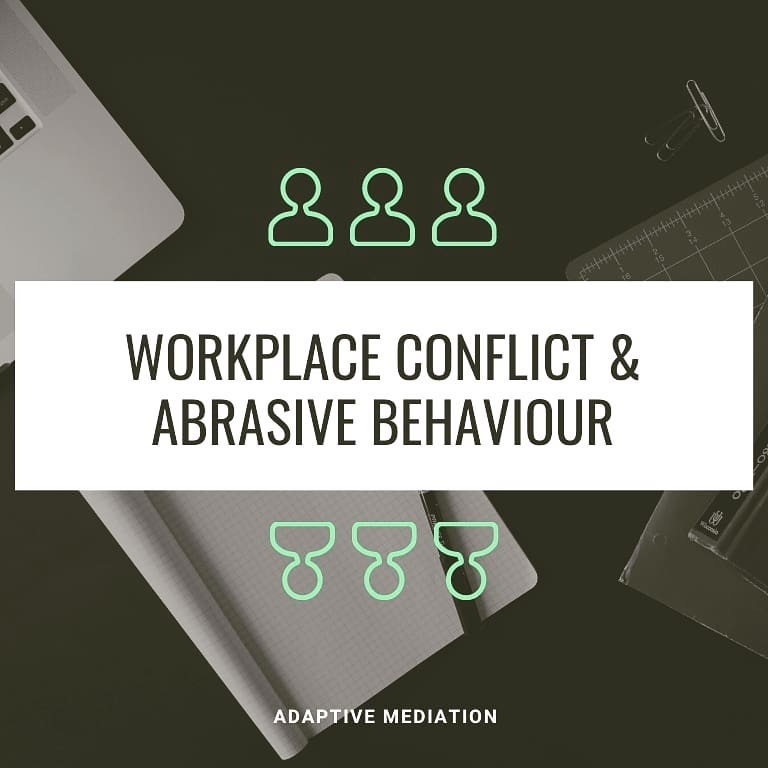
Many of us have had issues at work which cause distress and disruption or impact productivity and performance.
Abrasive behaviour is generally a state of friction or wearing down. However, it tends to fall short of the legal definition of bullying.
When people feel threatened, controlled, humiliated or experience condescension, they become stressed and anxious. Sometimes this can result in high emotion (eg.anger) or termination, in accordance with normal fight/flight response mechanisms.
Managers/leaders/HR tend to label or normalise the behaviour expecting it will sort itself out, or investigate to find truth and then punish. Unfortunately, these responses have not proven to reduce incidences or harm, and can cause a situation where one party becomes the ‘psychopathic monster’ and the other an ’emotional complainer’.
More can be done. Proper intervention can give the perpetrator, who is often unaware of the victims perceptions, insight. It can help the victim distinguish between fact and context. Then the parties can work through the problem and find a plan to implement, evaluate and monitor, with appropriate boundaries and consequences.
The no harm approach taken by mediators is a win/win for both sides of the conflict. It can help reduce suffering, cause the perpetrator to care enough to cease/desist/change, limit litigation, and increase staff morale and retention.

0 Comments